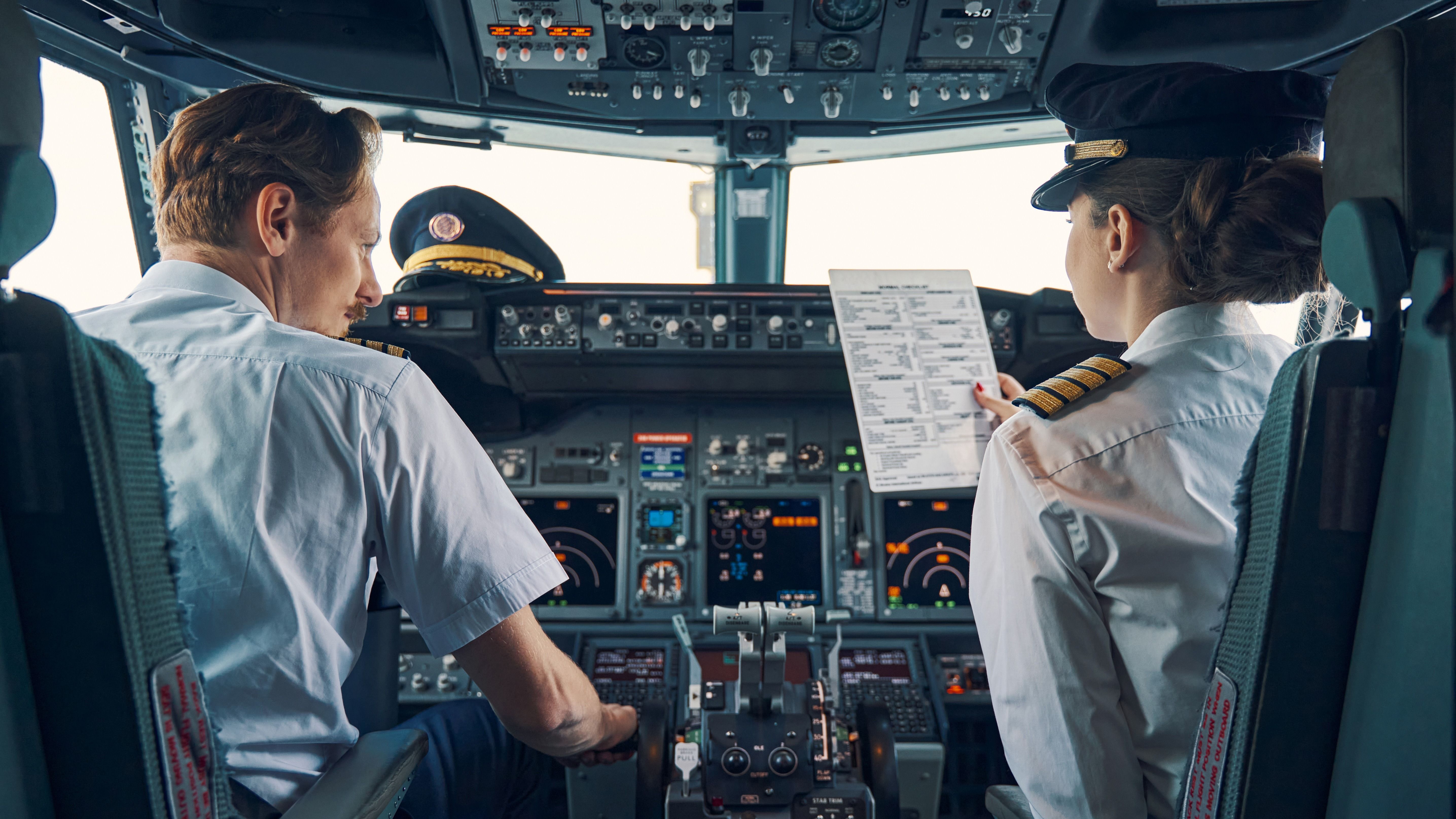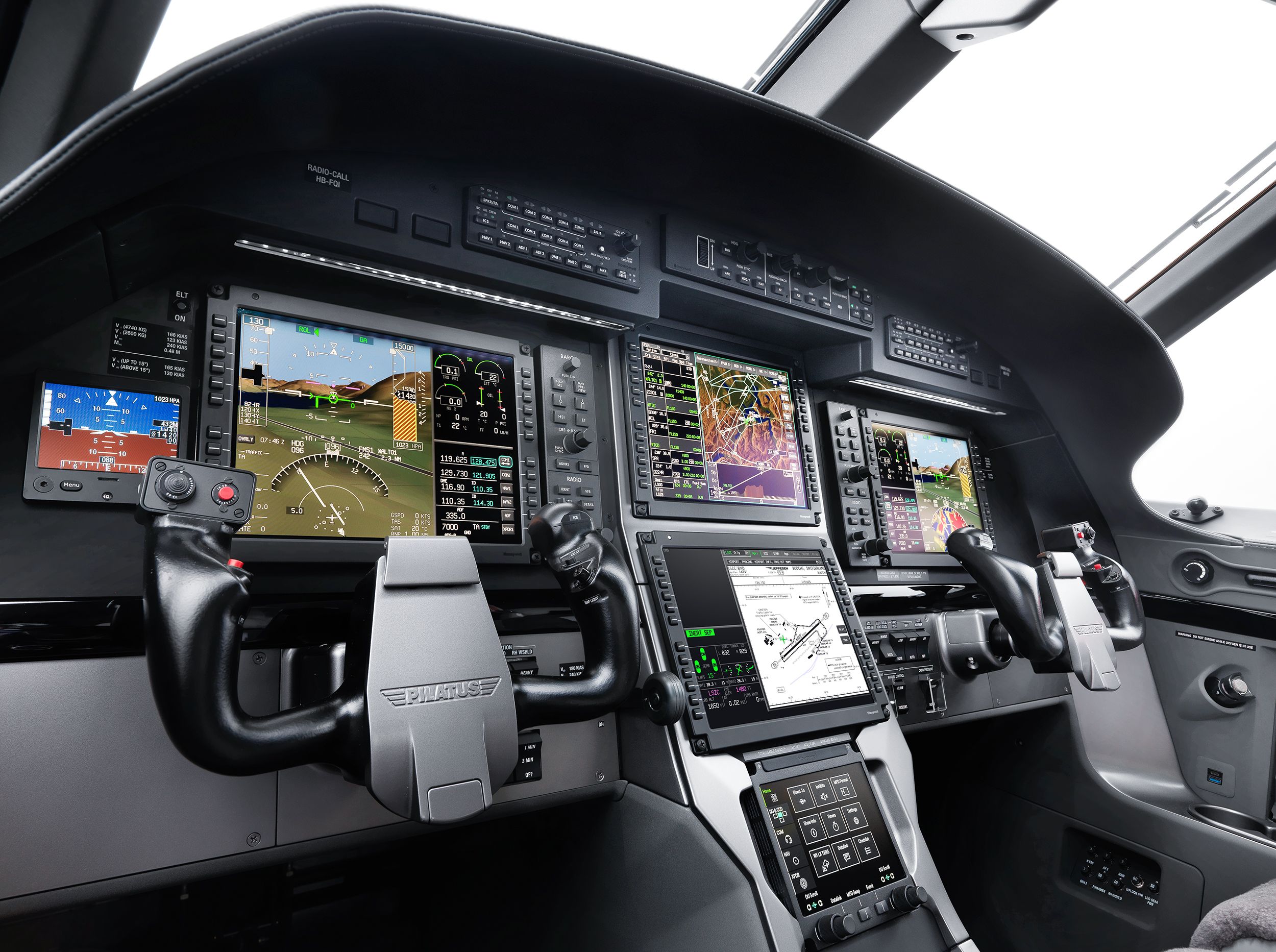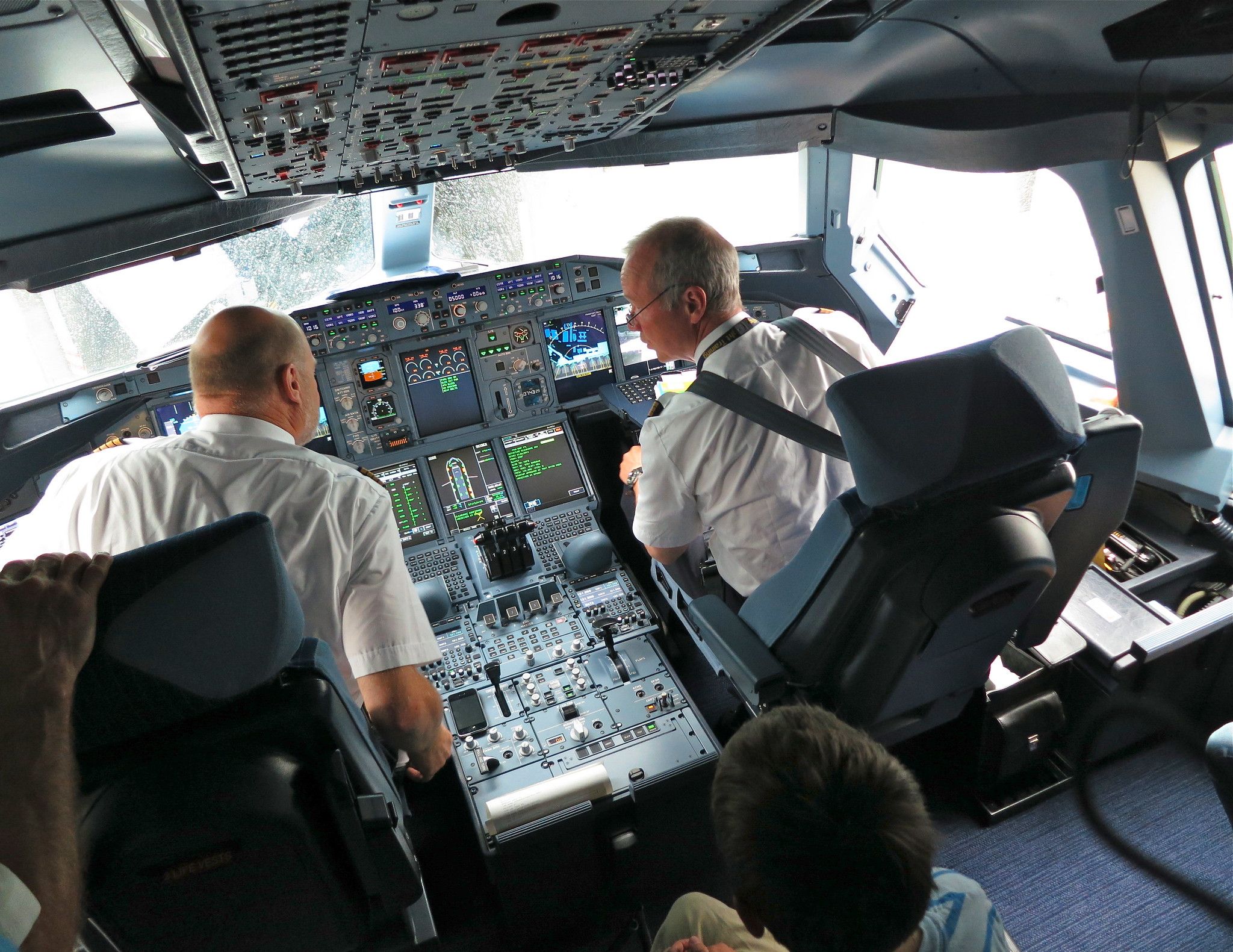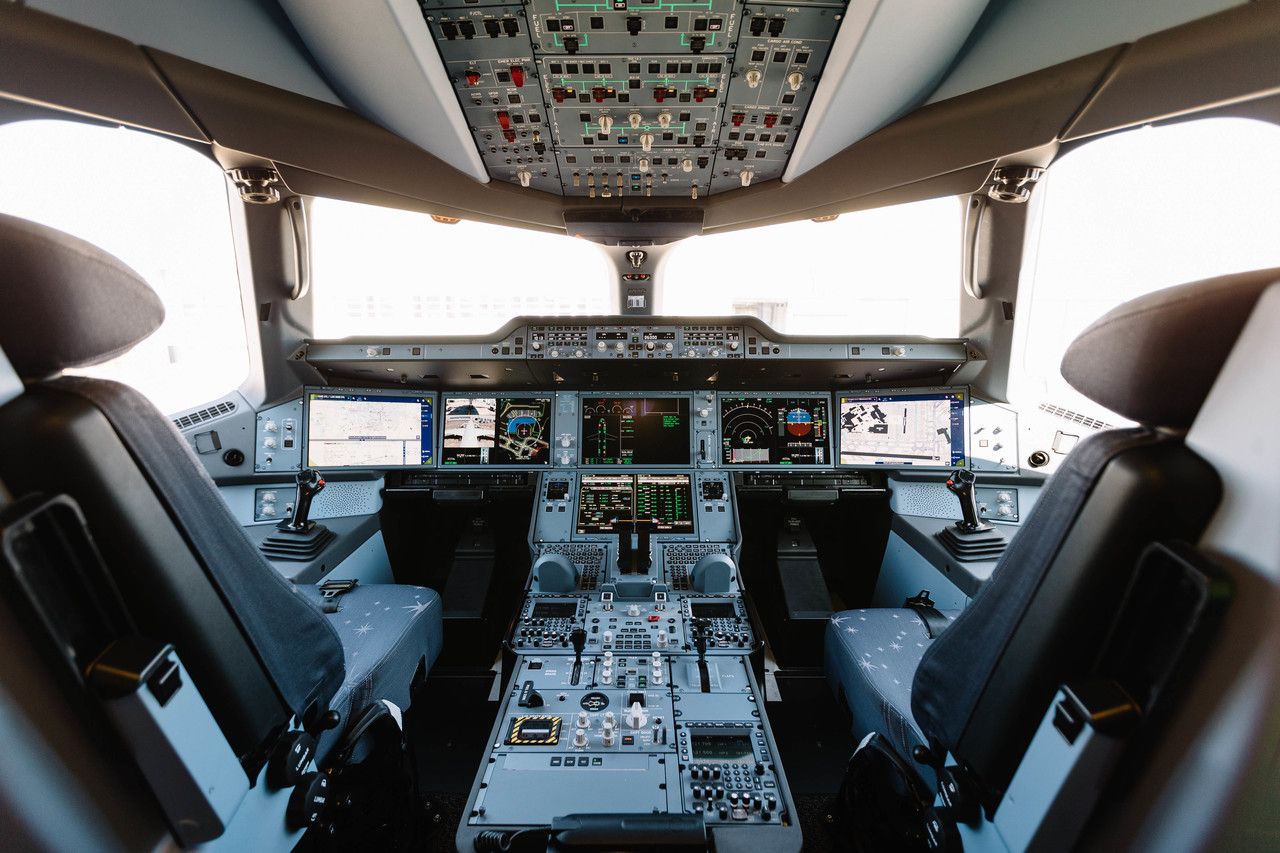Summary
- The role of Flight Engineer has become obsolete due to advancements in cockpit technology, specifically glass cockpits.
- Flight Engineers were responsible for monitoring instruments, conducting preflight inspections, and supporting pilots during flights.
- Glass cockpits provide a more efficient and intuitive way to display flight information, resulting in cost savings for airlines.
There was a time when having more than two crew members in the cockpit was required. Apart from the Captain and the First Officer, the role of a Flight Engineer was crucial. As such, aircraft before the 1980s featured a designated seat for the Flight Engineer.
However, the Flight Engineer role has gradually disappeared; with the advancement in cockpit technology, it has been more or less eliminated. The introduction of glass cockpit technology onboard modern aircraft has made things significantly simpler for flight crew and made the Flight Engineer role redundant. The information is based on the comparison highlighted in Pilot Mail.
What is the purpose of the Flight Engineer?
Flight Engineers perform specific roles in the cockpit with responsibilities for operating and monitoring particular aspects of the aircraft. Their primary function is to monitor the instruments, dials, and gauges in the cockpit. They could also conduct preflight inspections of the aircraft and ensure that the relevant documentation has been completed and accurate for departure.
During the flight, they could interrogate the data from the instruments and controls and use this to support the Captain and First Officer in flying the aircraft. Other duties include monitoring of hydraulic, pressurization, and electrical systems. On some aircraft, they could manage the movement of fuel between tanks during the flight.
They sit behind the pilots in the cockpit and face a control panel where they perform their duties. Cockpits need to be larger than modern-day aircraft to accommodate three flight crew members.
The demise of the Flight Engineer
Instruments in the cockpit take up a lot of space. Research was undertaken by experts, including NASA, to design a solution that could process the information and display it in a configuration that makes it easier and faster for the flight crew to interrogate. In common with other technology, glass cockpits first appeared on military aircraft before civilian use.
In the civilian world, the Boeing 737 was initially designed to operate with only two flight crew, although the cockpit was far from what we recognize today as the glass cockpit. Airbus first started to develop the glass cockpit for the A310.
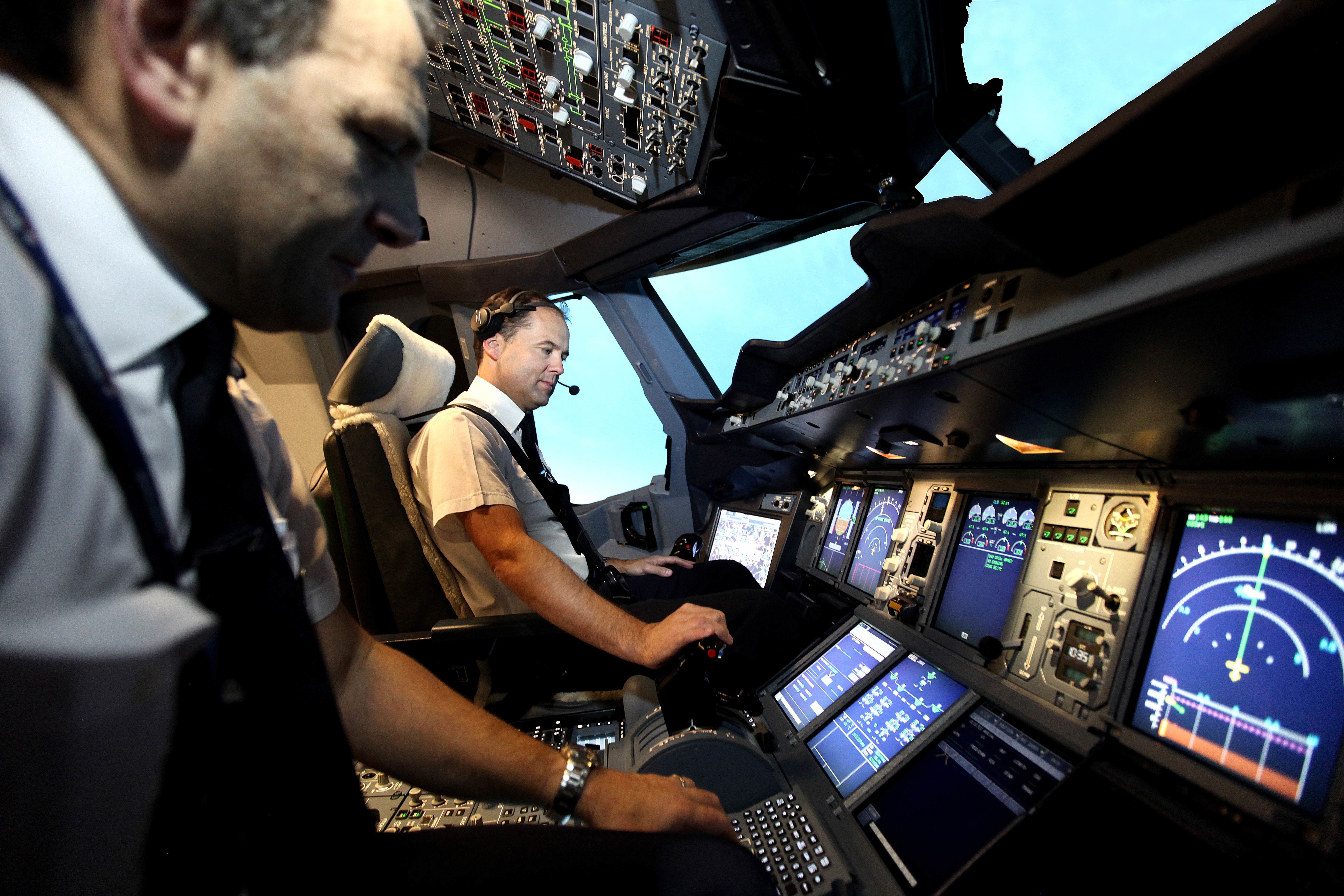
What Are Sterile Cockpits & Why Are They Important For Aviation Safety?
A sterile cockpit is when pilots must be focused entirely on safety.Improvements in the capability and reliability of processing information digitally and the introduction of cathode-ray tubes allowed the data from dozens of instruments, dials, and controls to be presented on screens in front of the pilots. Since then, technological advances have eliminated the requirement for separate gauges for different instruments.
Benefits of glass cockpits
In glass cockpits, flight information is displayed electronically, bringing many benefits. The same information from individual gauges can be displayed in a smaller space. The data from multiple instruments are combined, enabling the flight crew to quickly access any required information. The information is presented on screens in the cockpit.
It is designed intuitively to provide the flight crew with the precise flight information they need and help them quickly and accurately interrogate it to make decisions. Aside from the technological improvements, reducing one person from the cockpit achieves significant cost savings for airlines.
Aviation is an industry that continually evolves and adapts to be as operationally and financially efficient as possible. The Flight Engineer was previously an essential component of the flight crew. Technology and automation have reduced the headcount of the flight crew, but it is unlikely to replace the remaining two members anytime soon, if ever.
What are your thoughts on glass cockpit technology and its uses? Share your views in the comments section.

